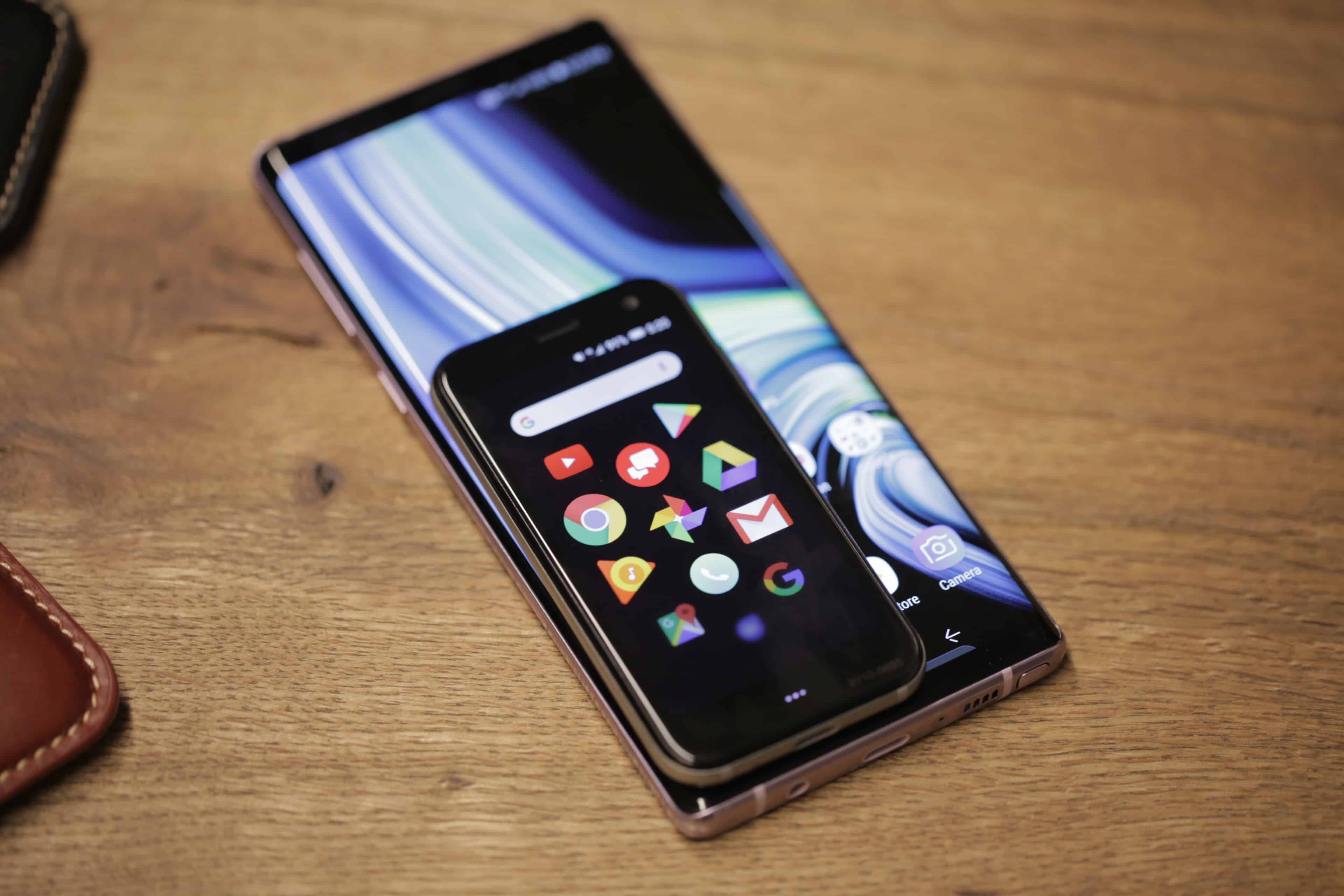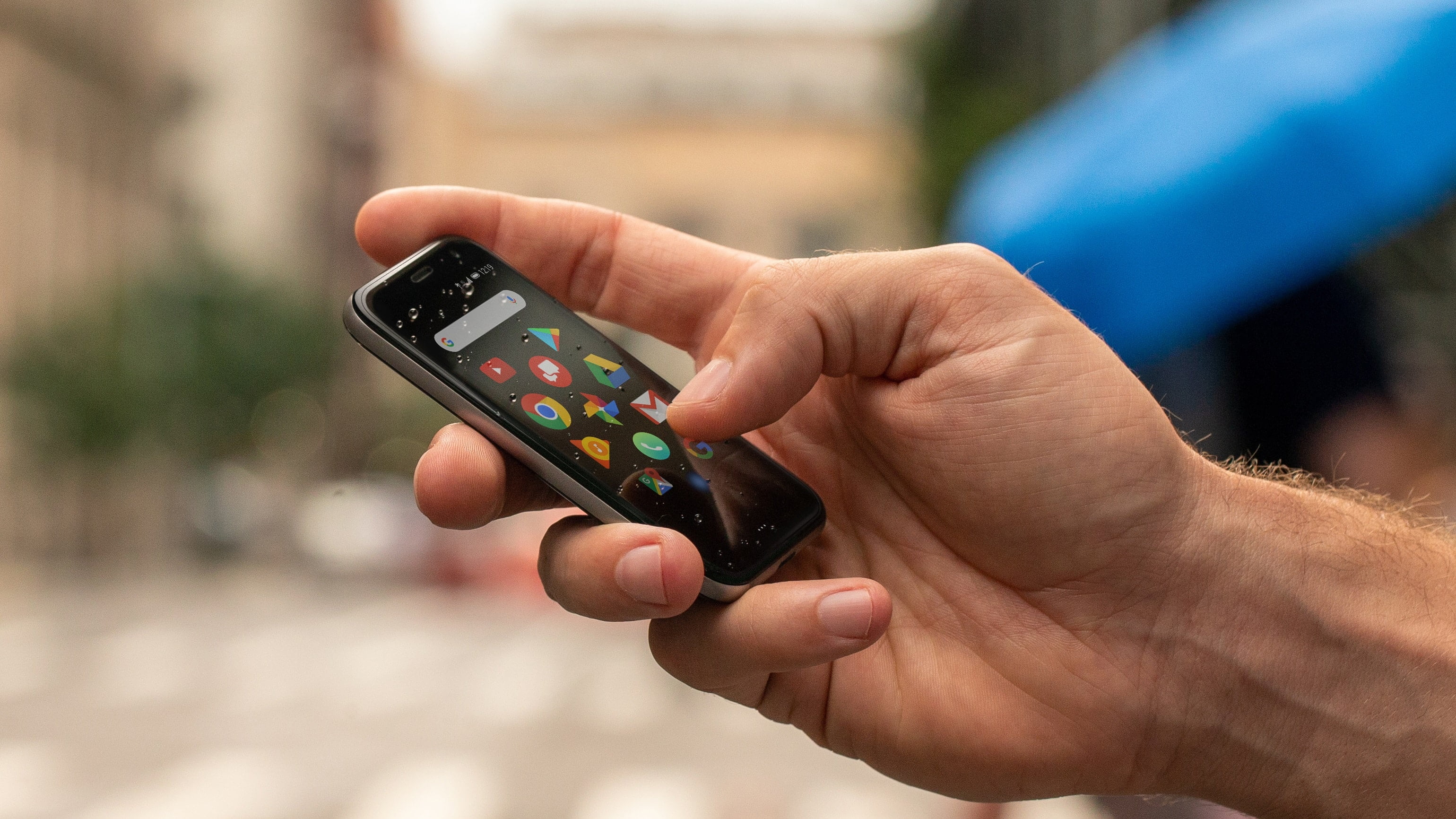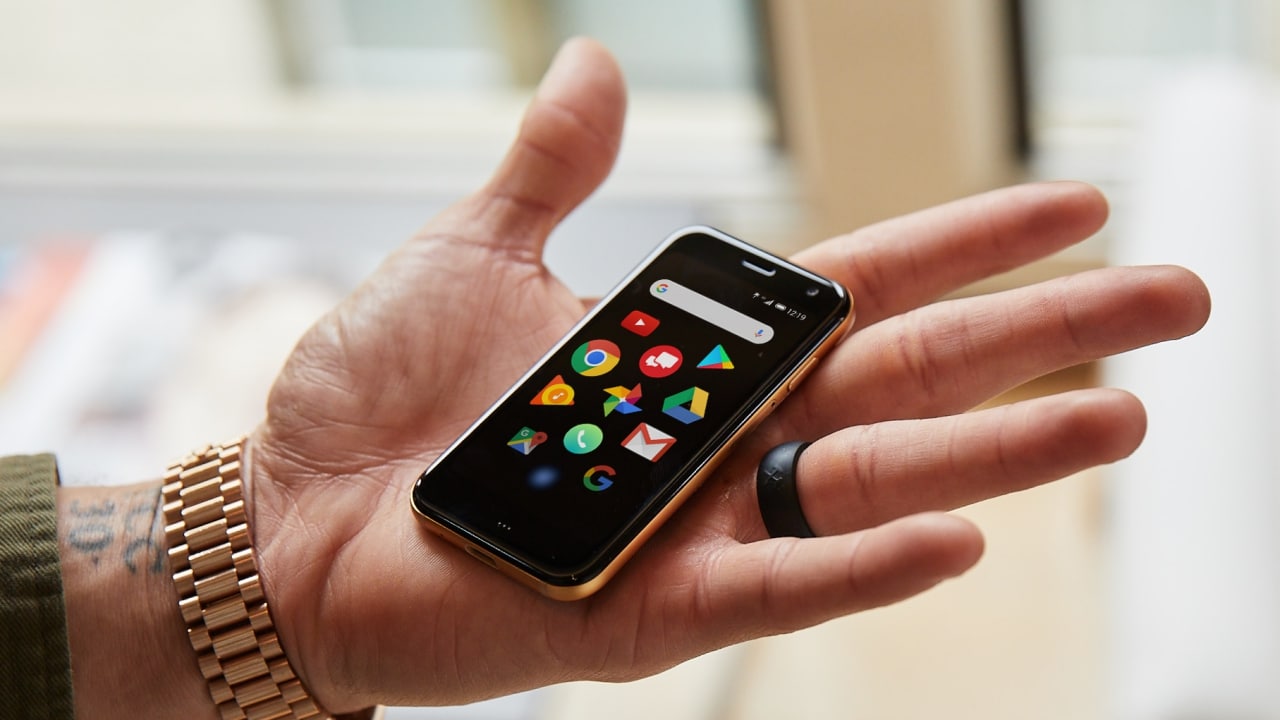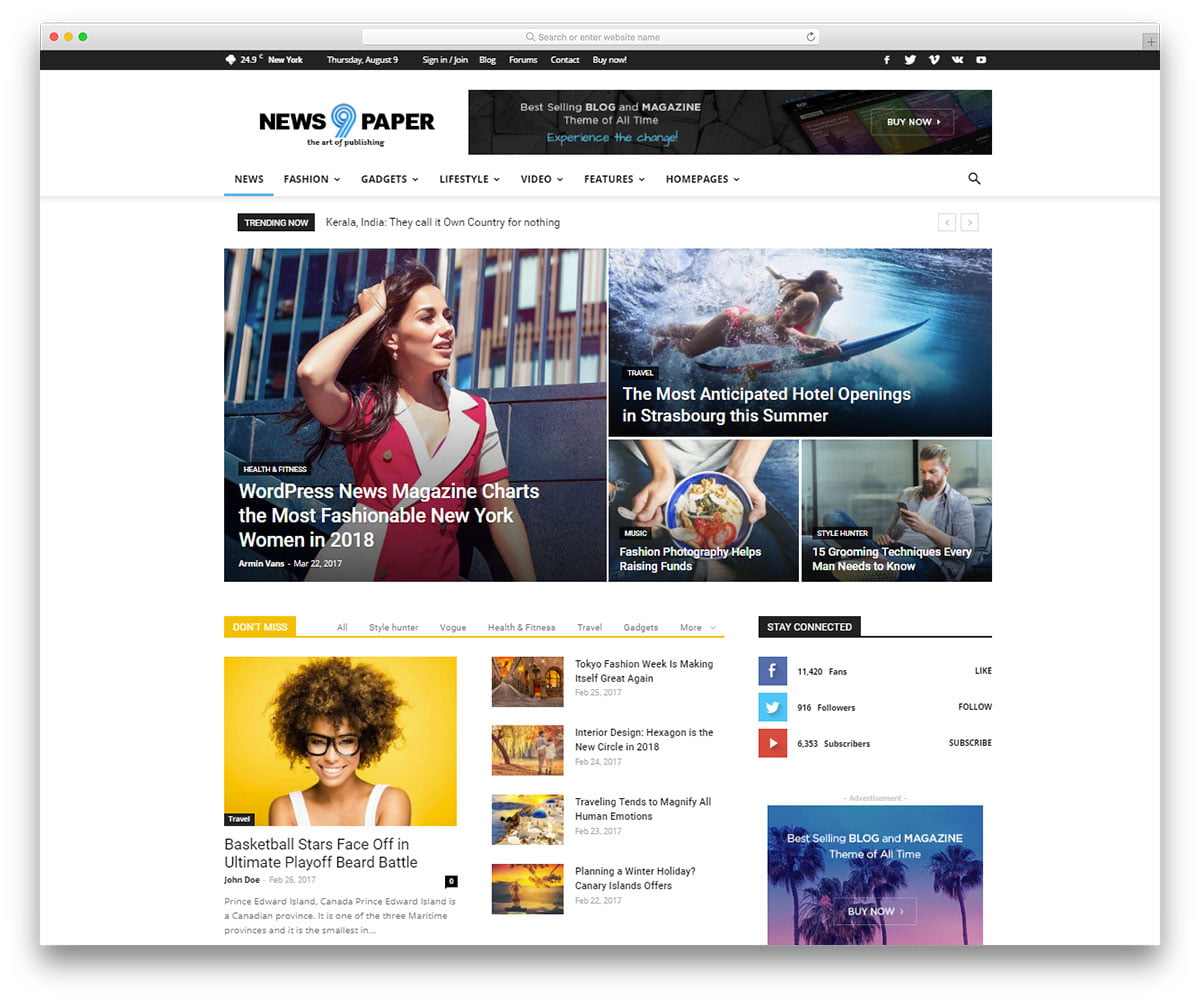Palm’s tiny Android phone launches on November second
Share
The reboot of Palm unveiled its first cellphone closing week, and now we have a launch date: November 2nd. Verizon, the tool’s different provider, will begin selling the smartphone next Friday, presenting it for $ 3,000 on a two-year settlement or $350 if you purchase it outright. The device doesn’t need a brand new information plan; however, it does require Verizon’s numbers are service, which costs $10 in step with the month.
Palm’s cellphone — that is simply called Palm — is not a standard telephone. It has the specifications of a low-end smartphone and runs Android Oreo, but it isn’t supposed to be used similarly. In truth, it’s now not even imagined to be your most important phone.
RELATED

The new Palm is a tiny telephone to hold you away from your telephone. The tool is supposed to be supplementary to your primary smartphone, supplying a smaller, easier opportunity you could take with you if you want to be less distracted. A handful of different devices have tried this before to combine success. Palm’s technique offers the functionality of a full-on current telephone in a small bundle that isn’t particularly remarkable for complex interactions. That way, you may take cognizance of calling, texting, and taking the occasional photo; however, you could shoot off an email if you want to.
We have the details here in a large piece on what the revival looks like and how little it relates to the unique Palm. But even supposing there’s no longer much real Palm DNA in here, Verizon’s including this telephone is the strongest push yet for the minimalist device movement, and it’s a pleasant threat to look at how extensively it may trap on.
After playing with them all, I found the GO launcher to be the fastest, giving the smoothest scrolling experience. Some argue that it lacks features that the others have; however, we’re after speed right here, and I still use it now.
Clean Cache
This will remove any brief documents you do not use and supply a mild pace boost. Here’s a smooth way to do it:
Download the app ‘Android Assistant’ from the market. Once downloaded, open the app and visit the ‘equipment tab on the top. Think of clicking ‘cache cleaner’. A listing of unused sources from some of your apps needs to be done. Note: This does not delete the apps related to those documents. These are just pointless sources. Now click on ‘Clean All.’

Go lower back to equipment, click ‘Startup Manager,’ and checkmark any app you don’t need or want to begin when your cellphone boots up. Your alternatives will shop automatically. Again, I propose completing all the steps earlier than rebooting.
Go to the ‘Monitor’ tab and click ‘Quick Boost.’ After that, you could close out of Android Assistant.
Titanium Backup
If you’re like me and own a Droid Razr Maxx, you have heard about how Motorola preinstalls some of the vain packages/apps onto your phone before you even turn it on for the first time. Why no longer just delete them, you ask? People have stated that they could not update to new firmware releases after deleting their bloatware. There is one simplest way to triumph over this—titanium Backup.
You will want the paid version of Titanium Backup to use the technique I’m approximate to explain. It costs a few bucks at the marketplace. With Titanium Backup, you’ll be ‘freezing apps.’ This stops an app’s approaches and keeps it from using any assets in your cell phone, all while technically being ‘installed.’ This alleviates most of the threats when deleting bloatware and will speed up your tool. Use Google to discover lists of any capability bloatware in your phone.

Optimize Your Homescreens
A few weeks after I got my Maxx, I observed reduced performance beginning to set in. After doing all the above steps, I noticed a nice development, but it failed to experience as short as it once did properly after I was given it. What solved that trouble changed into completely revamping my home screens with constrained icons and effects. I know it’s tempting to make your telephone look sexy, but I selected performance overlooks. Before, I had compact rows/columns to suit many icons. If you operate any cool home display transition consequences, you will recognize that ALL icons should carry out the effects animation. For me, this ended in sluggish domestic display transitions, which were effortlessly solved by changing my rows/columns format to stock. I have a huge calendar with all days displayed and nine icons on my primary domestic display.





